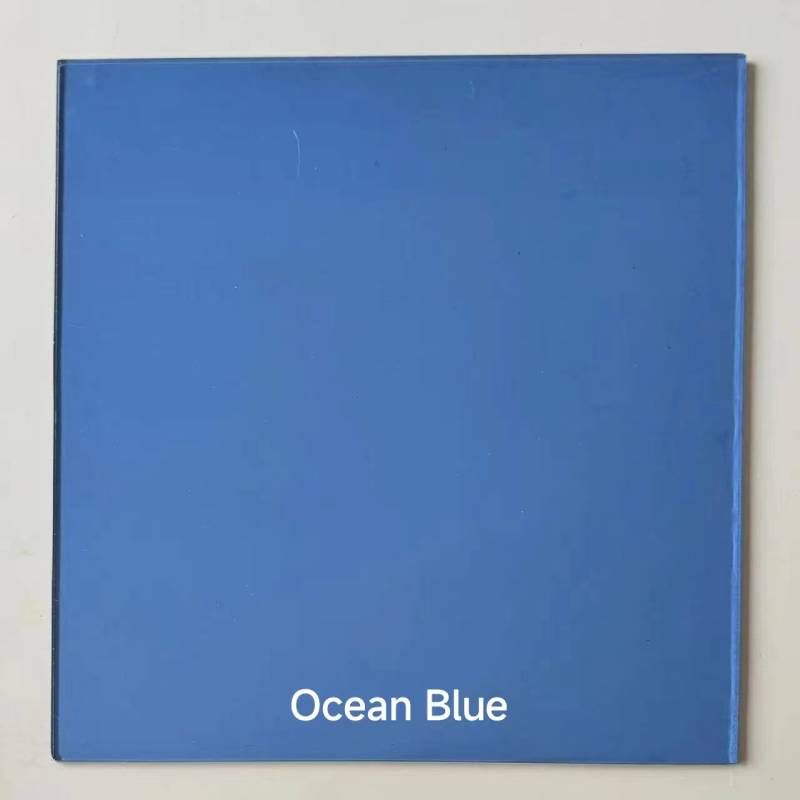

The Mystique of Reflective Glass A Modern Architectural Marvel
Reflective glass, a staple in contemporary architecture, captivates the eye with its stunning aesthetics and functional versatility. This innovative material not only redefines the skyline of cities but also significantly enhances the sustainability of buildings. As urban development continues to flourish, the use of reflective glass has become increasingly prevalent, transforming ordinary structures into striking works of art.
At its core, reflective glass is designed to reflect solar radiation, which helps to maintain cooler indoor temperatures while reducing glare. This feature is particularly advantageous in urban environments where buildings are densely packed, and sunlight can be both a blessing and a curse. Architects and builders have recognized the potential of reflective glass in energy-efficient designs, as it significantly lowers the reliance on air-conditioning systems. Consequently, buildings incorporate large swathes of reflective glass to maximize natural light while minimizing heat gain, thus creating a more sustainable environment.
In addition to its ecological benefits, reflective glass plays a crucial role in the aesthetics of modern architecture
. Its sleek, shiny surface presents an illusion of expansiveness, making buildings appear lighter and more ethereal. Skyscrapers dressed in reflective glass stand as icons of innovation and style, often becoming landmarks that define a city’s character. The glass not only serves a functional purpose but also engages with the surrounding environment, creating a dynamic interplay between the structure and the sky, clouds, and landscape.
Moreover, reflective glass enhances the comfort of occupants within the building. By filtering harsh sunlight, it minimizes heat while still allowing for ample daylight. This leads to improved well-being among residents and workers, as research has shown that natural light is essential for productivity and mood enhancement. In offices, homes, and commercial spaces alike, reflective glass fosters an atmosphere that is both bright and comfortable.
However, the use of reflective glass is not without its challenges. There are concerns regarding the potential for glare and heat reflection affecting neighboring buildings and pedestrians. To mitigate these issues, architects must carefully consider the orientation and design of structures. Advanced technologies, such as low-emissivity coatings and variable tinting, are now being employed to further enhance performance and address these challenges.
In conclusion, reflective glass stands at the intersection of beauty, functionality, and sustainability in modern architecture. As we move towards a more environmentally conscious future, this remarkable material will likely continue to shape skylines, influencing the way we construct and interact with our built environment. Its ability to harmonize aesthetics and energy efficiency makes reflective glass an indispensable element of contemporary architectural design.